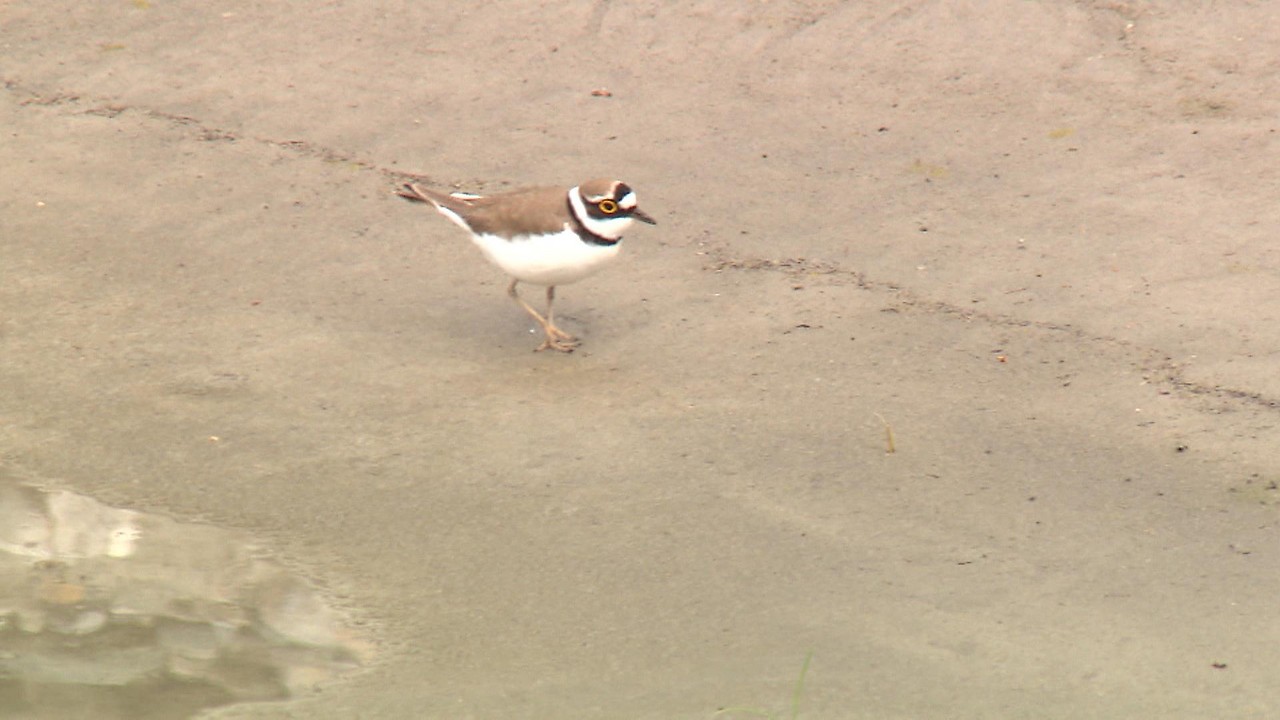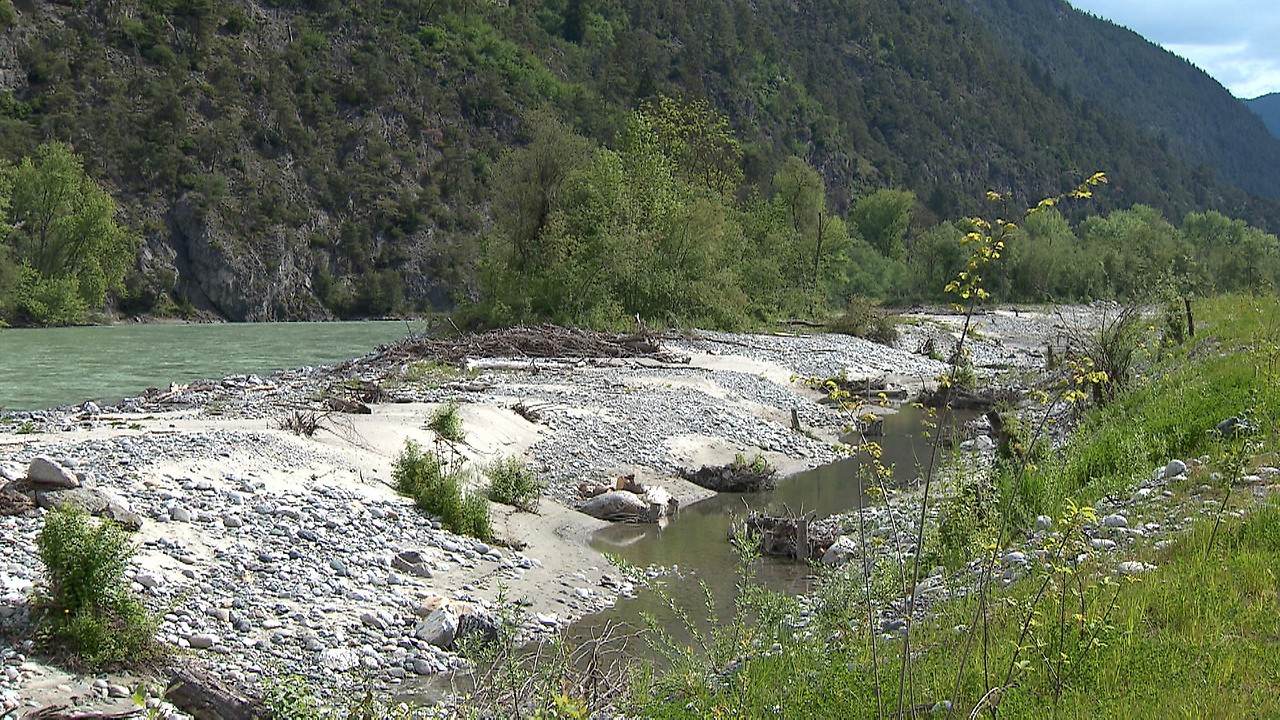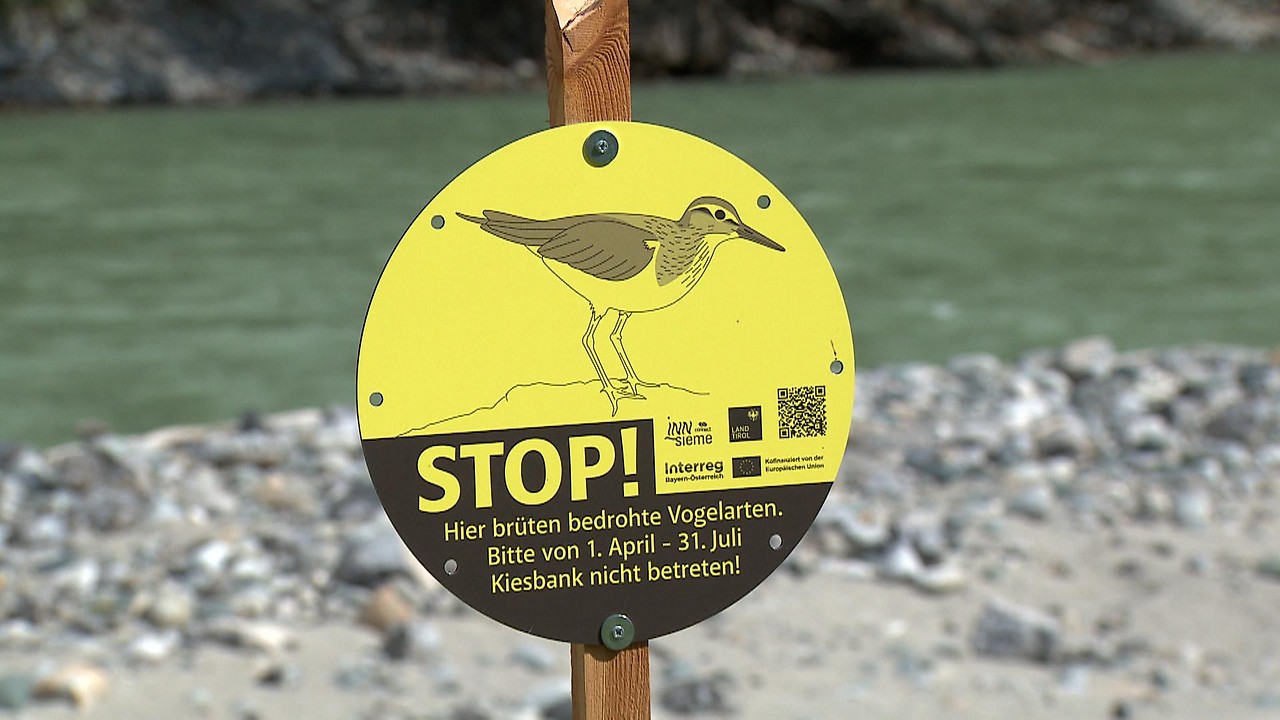
Small and delicate, like little ringed plovers and sandpipers, they are active. They skim the mud on the shore with their thin legs and search for insects. To breed, they need shallow sand pits, protected by stones, which are indistinguishable once they sit quietly.

Maternity Ward and Nursery on Gravel Bank
Amateur bird watcher Ingrid Pistone spends hours with her camera at the lodge here to photograph them. Thanks to a telephoto lens and binoculars, she can keep her distance and not disturb the birds. The ringed bloomer is still in courtship mode. “It takes about 21 to 28 days for the eggs to hatch in the sand pits. The chicks then hatch and walk upright in search of their food. “But they can fly only after 28 days,” says the bird watcher, who has also made his images available on the bird conservation organization’s Bird Life database. does
“The eggs are small and almost invisible among the stones. They are easily trampled by someone walking on the gravel bank. The young birds, which cannot yet fly, are easy prey for dogs roaming freely,” lamented the bird watcher. She speaks out repeatedly to raise awareness of the need for conservation of rare birds.She often receives a lot of interest and insight, but sometimes nasty insults.
Anton Vorauer, the protected area manager appointed by the state of Tyrol, knows the problem. “We don’t want to turn people away. The signs are there to show where I can go without endangering the birds. The signs are often destroyed, torn or burned and then we have to put them back up. The gravel banks and islands at the inn are the birds’ habitat. You realize they shouldn’t be disturbed there. Your life hangs by a thread or a dog leash.
Compensatory action with reproductive success
The environmental impact procedure for the Kuhtai storage power plant ordered by the Federal Administrative Court costs 13 million euros. The newly created habitat was surprisingly quickly adopted by rare birds and plants. The dwarf cat sown here has also apparently grown. Its stalks, which now look like wedges, are already sprouting through the sand on the shore.

TIWAG ecologist Martin Schleterer is confident of the revival’s success. “Construction works took place from autumn 2021 to spring 2023. Last year we were able to document the breeding success of Little Ringed Plovers and Sandpipers. The animals readily accepted the new habitat. This year the birds have returned and started nesting and breeding.

Breeding in hostels and motorways
Nearby highway and street noise does not seem to disturb the birds. Cyclists and pedestrians on the accompanying path cannot pose a threat to them. This contrasts with people or dogs moving directly onto gravel islands and sandbars. They may mark the end of small eggs or young birds that cannot yet fly. With luck and patience, especially beautifully marked birds, the size of your palm, can be easily spotted from the shore. It’s like finding a natural treasure that should remain untouched. With consideration and control on our part, a new generation of rare birds can flourish here.